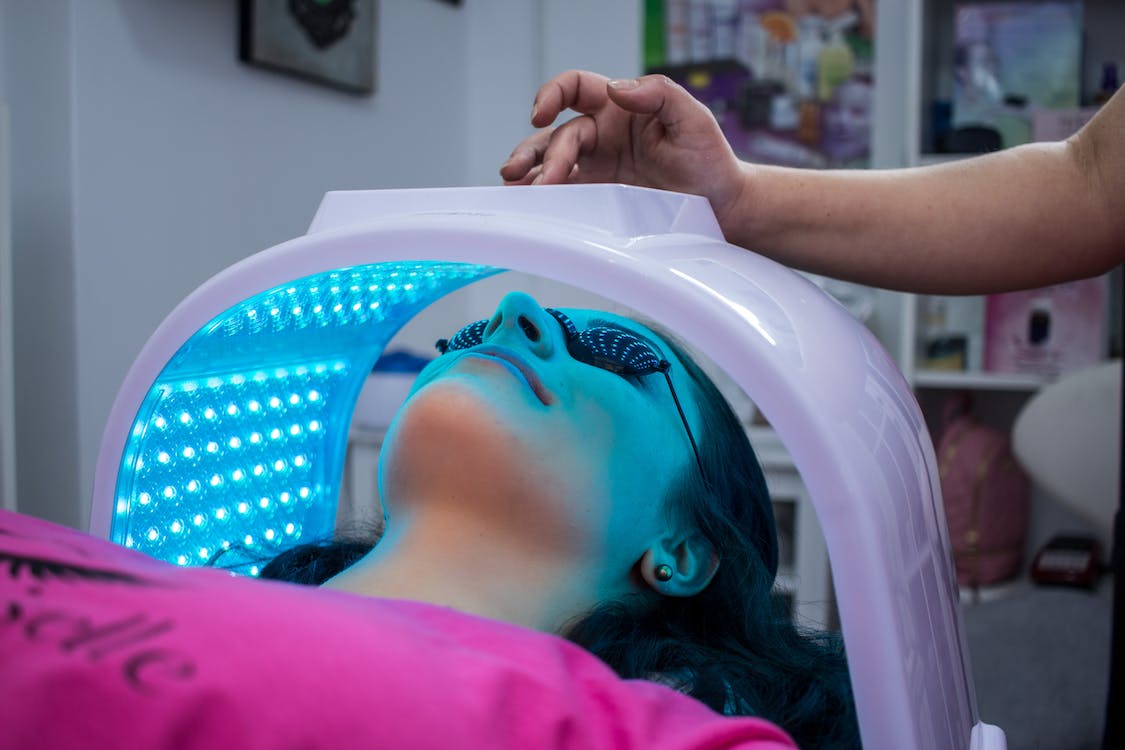If you’ve been keeping up with medical news, you’ve probably heard of the term ‘light therapy’ at least once. It appears to be one of the hottest trends in the industry lately, with many people speaking of its benefits in the community. Examples are talks on how light therapy can treat certain conditions, like seasonal affective disorder (SAD), and how it may lead to many other health benefits.
If you’re here, you’re probably one of the many people who took an interest in this matter. But before you fully immerse yourself in light therapy, take note that light boxes are pretty costly. Since this is the case, you certainly don’t want to waste your money on nothing. To avoid this, here are six ways you can make the most out of your light therapy equipment.
1. Choose The Appropriate Color
Light therapy involves exposing oneself to an artificial light source, a device called a light therapy box. This light is meant to carry the same properties as an outdoor light. And as you may already know, natural light may vary in color.
For example, during sunset, the sun produces a yellowish-red color. That’s what red light therapy is trying to imitate. Meanwhile, the light has more of a bluish color at night, which is what experts call blue light therapy. On the surface, there may not be much of a difference except for their appearance. But if you look at this website, you’ll understand that each color has different effects. Briefly, here’s how each color may have an effect on your body:
- Blue light: This light color is said to make you feel alert and energized by controlling the receptors on your eyes responsible for alertness.
- Red light: It’s believed that red light may reach muscle tissues and stimulate them to produce cells to be used as fuel. When that happens, your muscles and joints could recover much faster than usual.
- Green light: Staring at a green light is said to potentially boost the production of pain-killing chemicals, thereby minimizing pain.
If you want to get the best results from your light therapy, selecting a color appropriate for your goal would be an excellent first step. It may add to the hassle, but it’s certainly worth the extra effort.
2. Pay Attention To The Time
Before undergoing light therapy, make sure to take note of the time. That way, you’ll know when to stop the procedure. The ideal duration for each session ranges from 30 minutes to two hours only, which you can do in multiple sittings. However, it’d be best to start the procedure early in the morning after waking up. You can also consult your doctor to get advice on the exact duration.
3. Administer Light Therapy Three To Five Times A Week
Now that duration is taken care of, remember to also set the frequency for your light therapy. If you want to achieve the best results, it’s ideal to undergo the procedure every other day so your body can rest after each session. That means you can undergo light therapy three or four times a week.
4. Adjust Your Duration According To Intensity
Each light box will have a set lux setting. Lux is a unit of measurement for the intensity of light. If you’re a first-timer, it’s advisable to buy a 10,000-lux light box. You can also buy a box with a lower lux setting, but the duration of each session would differ. For example, when using a 5,000-lux light box, you should expose yourself to light for a minimum of one hour instead of only 30 minutes.
5. Start The Therapy In Early Fall Until Spring
It’d help if you plan the light therapy procedure ahead of time. Ideally, you’d want to start the therapy during early fall and stop before spring comes, which is from September to February. This would be exactly six months, which is the ideal number of months you should continue the therapy. So why start in fall until winter? It’s simple—SAD normally happens during these seasons.
6. Position The Light Box At A Specific Angle
You should also be nitpicky about your position during the procedure and the position of the lightbox. Ideally, the box should be placed approximately 16 to 24 inches away from your skin. It’d help if you also position it around 45 degrees to your left or right. That way, the light could affect all important parts of your body.
Final Words
Despite all the studies concerning light therapy, you’d still find a considerable number of individuals who may be skeptical of the procedure. After all, there’s no perfect treatment plan for any condition. That’s why you shouldn’t treat light therapy as a one-size-fits-all solution. While the possibility of benefiting from this treatment plan could be high, make sure you use it not as a standalone remedy but in conjunction with other similar treatment plans. That’s how you can truly make the most out of light therapy.

